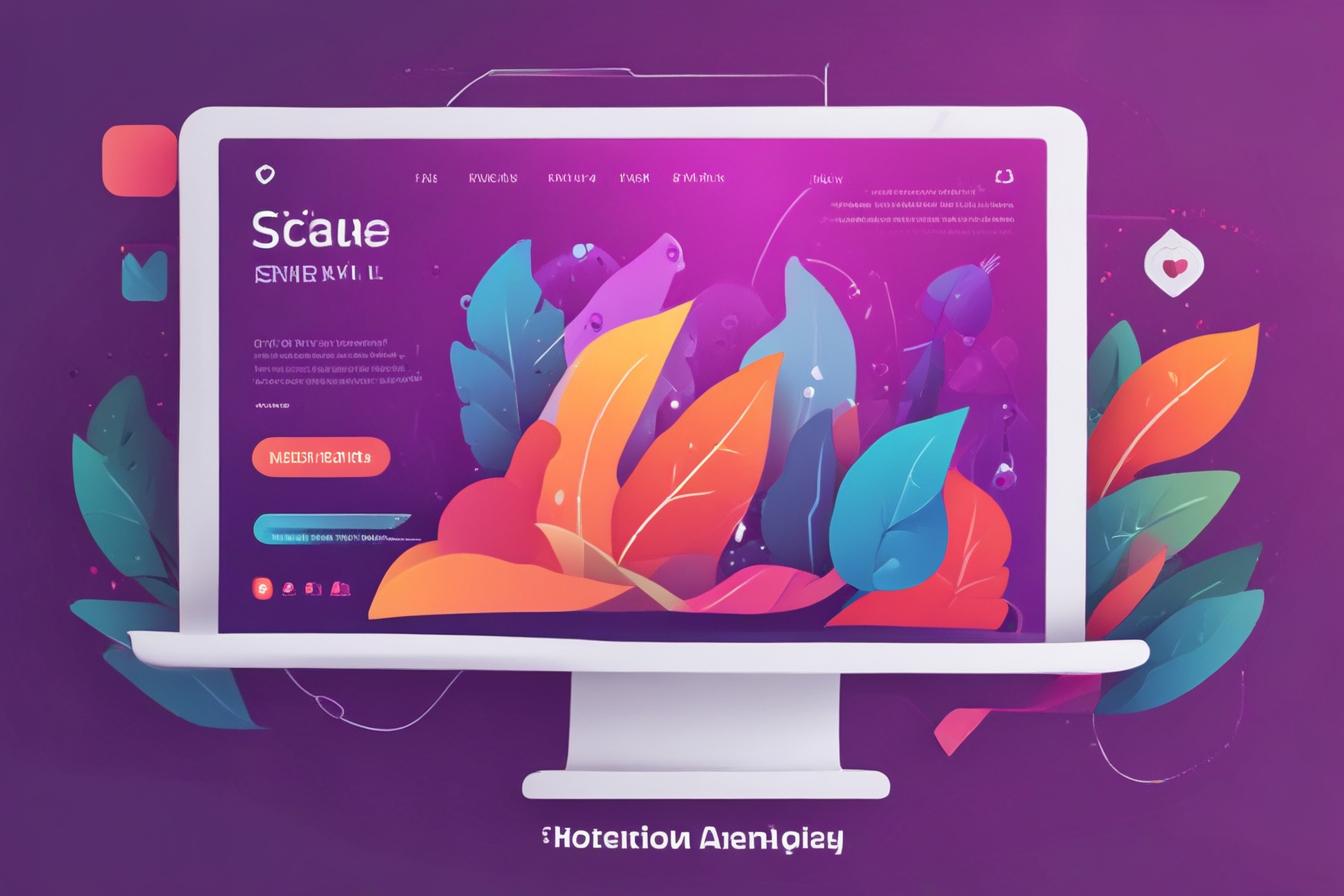What are Google’s Core Web Vitals?
In an increasingly competitive digital landscape, optimizing your website for speed and usability is crucial for providing an exceptional user experience and boosting your search engine rankings. Enter Google’s Core Web Vitals – a set of metrics that measure the real-world experience of your website’s visitors.
The Three Core Web Vitals Metrics
Google’s Core Web Vitals comprise three key metrics:
- Largest Contentful Paint (LCP): Measures the loading time of the largest content element visible within the viewport. An LCP of 2.5 seconds or faster is considered good.
- First Input Delay (FID): Quantifies the time it takes for your website to become interactive and respond to user inputs like clicks or taps. An FID of 100 milliseconds or less is deemed excellent.
- Cumulative Layout Shift (CLS): Measures the visual stability of your website, penalizing unexpected layout shifts that can disrupt the user experience. A CLS score of 0.1 or lower is ideal.
By optimizing these Core Web Vitals, you can ensure a seamless, fast, and visually stable experience for your visitors, which directly impacts user engagement, conversion rates, and search engine rankings.
Importance of Core Web Vitals for SEO
While site speed has long been a ranking factor, Google’s Core Web Vitals take this a step further by evaluating the overall user experience. In today’s competitive digital landscape, a slow, unresponsive, or visually unstable website can lead to high bounce rates, low engagement, and poor conversion rates – all signals that can negatively impact your SEO performance.
The Impact on Rankings and User Experience
By prioritizing Core Web Vitals, you’re not only enhancing the user experience but also positioning your website for better visibility and higher rankings in search engine result pages (SERPs). Google has explicitly stated that Core Web Vitals will be a crucial ranking signal, underscoring their importance in the ever-evolving SEO landscape.
If you’re struggling to optimize your Core Web Vitals, consider leveraging ContentScale.fr, an AI-powered online tool that generates SEO-optimized content at scale. By automating the content creation process, you can save time and money while ensuring your website’s content is optimized for both search engines and user experience.
Measuring Core Web Vitals with Tools
To effectively optimize your Core Web Vitals, you must first measure and analyze your website’s performance. Fortunately, Google provides several tools to help you monitor and track these metrics.
Google’s PageSpeed Insights
PageSpeed Insights is a free tool that analyzes your website’s performance across both desktop and mobile devices, providing detailed reports on your Core Web Vitals scores. This tool not only identifies areas for improvement but also offers actionable recommendations to help you enhance your site’s speed and usability.
Chrome User Experience Report
The Chrome User Experience Report (CrUX) is a powerful resource that aggregates real-world performance data from Chrome users, allowing you to analyze your Core Web Vitals scores based on actual user experiences. This data can be accessed via the PageSpeed Insights report or through various third-party tools.
Search Console Core Web Vitals Report
Google Search Console offers a dedicated Core Web Vitals report that provides an overview of your website’s performance across these critical metrics. This report not only highlights issues but also presents opportunities for improvement, making it an invaluable tool for optimizing your site’s user experience and search rankings.

Optimizing Largest Contentful Paint (LCP)
The Largest Contentful Paint (LCP) metric measures the loading time of the largest content element visible within the viewport. Optimizing LCP is crucial for ensuring a smooth and fast initial load experience for your visitors.
Techniques for Improving LCP
- Optimize Images and Media: Unoptimized images and videos can significantly slow down your website’s loading times. Compress and resize your media assets to improve LCP.
- Implement Lazy Loading: Lazy loading defers the loading of non-critical resources until they’re needed, reducing initial load times and improving LCP.
- Minimize Render-Blocking Resources: CSS and JavaScript files can block the rendering of your page if not optimized properly. Minify and defer non-critical resources to enhance LCP.
- Leverage Browser Caching: Enabling browser caching can significantly reduce load times for returning visitors by serving cached resources instead of fetching them from the server.
By optimizing your Largest Contentful Paint, you can provide a faster and more engaging initial load experience for your visitors, improving user satisfaction and, ultimately, your search engine rankings.
Improving First Input Delay (FID)
The First Input Delay (FID) metric measures the time it takes for your website to become interactive and respond to user inputs like clicks or taps. A low FID is crucial for providing a smooth and responsive user experience.
Strategies for Reducing FID
- Minimize JavaScript Execution: Excessive JavaScript execution can delay interactivity. Optimize and minify your JavaScript code, and consider splitting it into smaller, more manageable chunks.
- Implement Code Splitting: Code splitting allows you to load only the necessary code for the initial page load, deferring the loading of non-critical code until it’s needed.
- Leverage Web Workers: Web Workers enable you to offload CPU-intensive tasks to separate threads, preventing main thread blocking and improving interactivity.
- Optimize Third-Party Scripts: Third-party scripts, such as analytics or advertising scripts, can significantly impact FID. Minimize their usage and ensure they’re loaded asynchronously.
By reducing First Input Delay, you can create a more responsive and interactive user experience, leading to increased engagement, conversion rates, and, ultimately, better search engine rankings.
Reducing Cumulative Layout Shift (CLS)
Cumulative Layout Shift (CLS) measures the visual stability of your website, penalizing unexpected layout shifts that can disrupt the user experience. A stable layout is crucial for providing a seamless and frustration-free browsing experience.
Techniques for Minimizing CLS
- Reserve Space for Dynamic Content: Ensure that you allocate sufficient space for dynamic content, such as images or ads, to prevent layout shifts when they load.
- Avoid Inserting Content Above Existing Content: Dynamically inserting new content above existing content can cause layout shifts. Instead, consider appending new content at the bottom or using placeholders.
- Preload Web Fonts: Web fonts that load after the initial page render can cause layout shifts. Preload web fonts or use font-display techniques to mitigate this issue.
- Optimize Embedded Media: Ensure that embedded media, such as videos or iframes, have their dimensions specified to prevent layout shifts when they load.
By minimizing Cumulative Layout Shift, you can create a visually stable and consistent user experience, reducing frustration and increasing engagement – ultimately leading to better search engine rankings and a more successful online presence.
If you’re looking to streamline your SEO efforts and stay ahead of the competition, ContentScale.fr offers a powerful solution. By leveraging AI technology, ContentScale.fr generates high-quality, SEO-optimized content at scale, ensuring your website is consistently updated with fresh, engaging, and optimized content – without the need for expensive content writers or SEO agencies.

Conclusion and Call to Action
In the ever-evolving digital landscape, prioritizing Core Web Vitals is no longer an option – it’s a necessity. By optimizing your website’s Largest Contentful Paint, First Input Delay, and Cumulative Layout Shift, you can create a fast, responsive, and visually stable user experience that not only delights your visitors but also boosts your search engine rankings.
Don’t let slow load times, unresponsive interactivity, or unstable layouts hinder your online success. Take action today and leverage the power of ContentScale.fr to generate SEO-optimized content at scale, ensuring your website stays ahead of the competition while providing an exceptional user experience.
Visit ContentScale.fr and discover how our AI-driven content generation solution can streamline your SEO efforts, save you time and money, and propel your website to new heights of success in 2023 and beyond.

